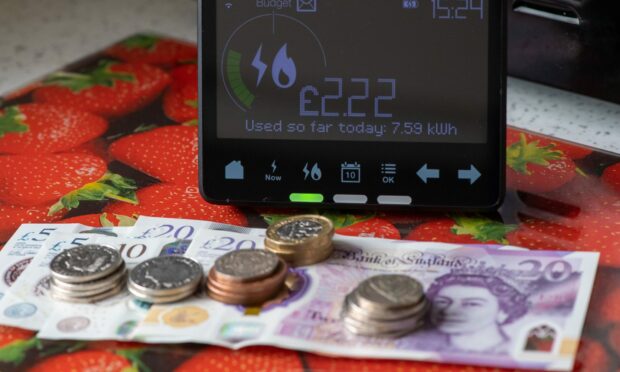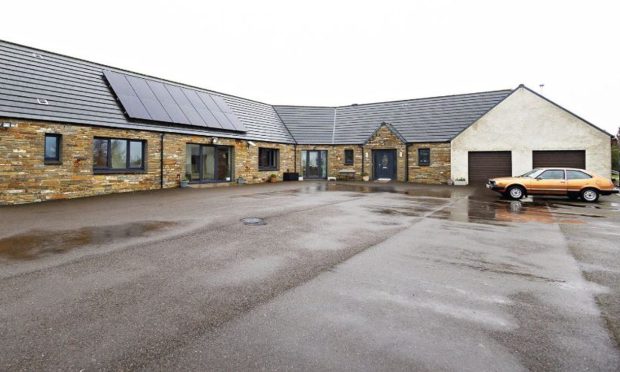Statistics from Energy UK show that energy bills on the Western Isles are set to rise by almost ten times the national average.
The trade association Energy UK have announced their estimates of how much homeowners’ energy bills will rise this winter, compared to last year.
They have calculated that households in the Western Isles will see their energy bills rise by an average of £227.
That’s the biggest increase in the UK.
Energy UK’s findings highlight the struggles households in the Western Isles will face this winter.
The area is already known to have the highest rate of fuel poverty in Scotland.
An island divide?
The three constituencies likely to face the highest energy bill increases this winter all contain Scotland’s island communities.
Orkney and Shetland residents are predicted to see an average rise of £219.
Households in Ross, Skye and Lochaber are facing a £206 increase.
In contrast, all three constituencies who are due to see the biggest decrease in their bills are in the South of England.
There is a pattern to who is coming out on top, says Energy UK’s Katie Alexander. But it might not be what you would expect.
“Households who consume less energy will spend more on energy this winter than last compared to households who consume more energy, because of the fixed government support that has been withdrawn,” she says.
The government’s Energy Bill Support Scheme gave every household £400 towards last winter’s energy bills.
“We think that one factor for the constituencies [with the highest increases] is a high number of off-grid properties,” Katie says. “As relatively low energy users, they are more affected by the absence of the £400 support.”
‘Immediate action is needed’
Of course, energy bills will vary from household to household.
But Energy UK’s findings show that even the areas of the Western Isles with the lowest increases are still likely to see their bills go up by around three times the overall UK average.
Those hit the hardest, meanwhile, may face increases of over £250.
Angus McCormack, Chair of the Western Isles Anti-Poverty Action Group, called the figures “really shocking”.
“Immediate action is needed to remedy this appalling situation or at least go some way to mitigating the impact on families already struggling.”
Western Isles MSP Alasdair Allan also spoke out in response to the findings.
“I am hearing more and more often from constituents who can only afford to heat one room of their home, or are unable to turn their heating on at all due to impossibly high charges,” he said, calling the situation “unacceptable”.
“The UK Government must take action to ensure our energy system is fit for purpose and fair,” he said.
More local reporting from the Western Isles:











Conversation